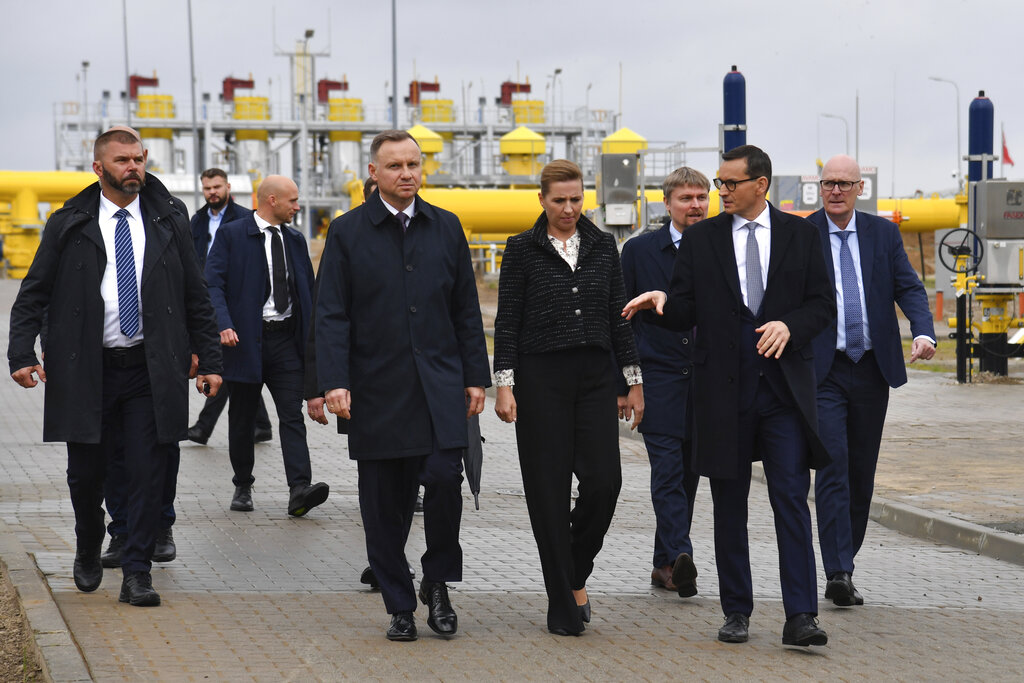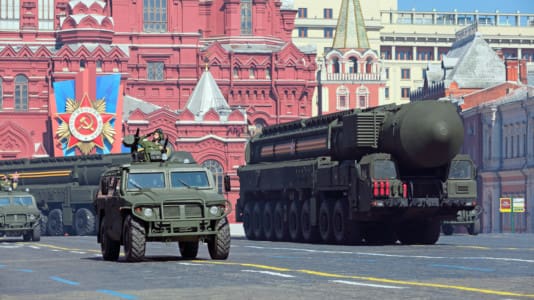The Baltic Pipe gas pipeline was opened on Tuesday with the participation of Polish President Andrzej Duda, Prime Minister Mateusz Morawiecki, and his Danish counterpart, Mette Frederiksen.
The opening ceremony was held at the Goleniów Gas Compressor Station, which received an expansion as part of the project.
The natural gas extracted from Norwegian deposits will begin flowing to Poland according to plan on Oct. 1.
This is a strategic investment from the Polish point of view. The Baltic Pipe opens up a new corridor of natural gas deliveries from Norway to Poland, Denmark, and other Central Eastern European countries. The pipeline runs from the North Sea, where it connects to the Europipe II pipeline, giving access to Norwegian gas deposits. Then, it goes through Danish infrastructure and connects with the Polish transmission system on the bottom of the Baltic Sea.
President Andrzej Duda said that the newly opened pipeline allows for independence from Russian gas and has been a Polish dream for decades. According to the Polish head of state, the Baltic Pipe solves Europe’s gas problem to a large extent and shows that increasing energy security and sovereignty in the region is possible.
“Today ends the era of Russian domination in the gas sphere, marked with threats and extortion. We are starting a new era of sovereignty, increased energy security, and freedom,” stated Duda, who added that Poland had been warning about the Kremlin’s plans for many years.
“Nord Stream 1 is a pipeline, through which Ukrainian blood was also flowing. We need to state plainly, that those were instruments of the attempt to dominate Central Europe, which simultaneously gave birth to all those great dangers,” stated Duda.
The joint investment of Polish Gaz-System and Danish Energinet is made up of five main components: the pipeline on the bottom of the North Sea, expansion of the Danish transmission system, the gas compressor station on Sjælland in Denmark, and the pipeline on the bottom of the Baltic Sea between Poland and Denmark. The length of the undersea section is around 275 kilometers, while the entire system spans 900 kilometers.
The transmission capacity of the infrastructure is around 10 billion cubic meters per year. PGNiG, the company responsible for Poland’s energy security, announced that it will fill almost the entire reserved capacity of the Baltic Pipe.





